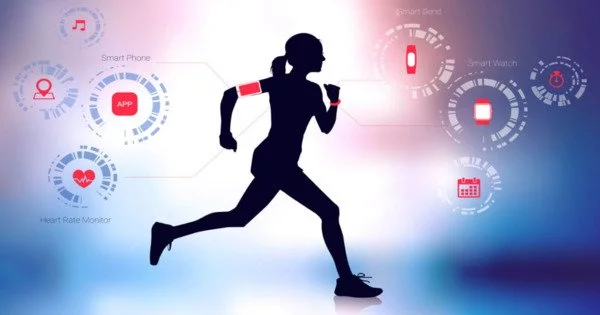Personal sensing at work is the use of technology and data to track an employee’s well-being, productivity, and overall performance at work. While this approach has some advantages in terms of identifying burnout and improving work-life balance, it also raises significant privacy and ethical concerns.
According to Cornell Tech collaborative research, personal sensing data could help monitor and alleviate stress among resident physicians, but privacy concerns about who sees the information and for what purposes must be addressed.
Burnout is on the rise in all types of workplaces in the United States, where the terms “Great Resignation” and “silent quitting” have entered the lexicon in recent years. This is especially true in the health-care industry, which has been severely strained as a result of the COVID-19 pandemic.
Stress is both physical and mental, and evidence of stress can be measured using smartphones, wearables, and personal computers. However, data collection and analysis, as well as the larger questions of who should have access to that information and for what purpose, raise a slew of sociotechnical concerns.
This process of sharing personal data is somewhat complicated. We’re involved in a lot of interesting ongoing work that looks at this question of privacy and how you present yourself through your data in more traditional mental health care settings.
Daniel Adler
“We’ve looked at whether we can measure stress in workplaces using these types of devices, but do these individuals actually want this kind of system? That was the motivation for us to talk to those actual workers,” said Daniel Adler, co-lead author with fellow doctoral student Emily Tseng of “Burnout and the Quantified Workplace: Tensions Around Personal Sensing Interventions for Stress in Resident Physicians,” published Proceedings of the ACM on Human-Computer Interaction.
The paper is being presented at the ACM Conference on Computer-Supported Cooperative Work (CSCW) and Social Computing.
Adler and Tseng worked with senior author Tanzeem Choudhury, the Roger and Joelle Burnell Professor in Integrated Health and Technology at the Jacobs Technion-Cornell Institute at Cornell Tech. Contributors came from Zucker School of Medicine at Hofstra/Northwell Health and Zucker Hillside Hospital.

The resident physician’s work environment differs from that of a traditional apprentice in that their supervisor, the attending physician, also serves as their mentor. This has the potential to blur the distinction between the two.
“That’s a new context,” Tseng observed. “We don’t really know what the actual boundaries are, or what it looks like when these new technologies are introduced.” So, in order to determine whether this information flow is appropriate in the first place, you must try to determine what those norms might be.”
Choudhury and her colleagues addressed these issues through a study involving resident physicians at a New York City urban hospital. Residents and their attendings were given mockups of a Resident Wellbeing Tracker, a dashboard with behavioral data on residents’ sleep, activity, and time working; self-reported data on residents’ levels of burnout; and a text box where residents could characterize their well-being after hourlong Zoom interviews.
According to Tseng, the residents were open to the idea of using technology to improve their well-being. “They were also very interested in the privacy question,” she continued, “and how we could use technologies like this to achieve those positive ends while still balancing privacy concerns.”
The study included two intersecting use cases: self-reflection, in which residents view their behavioral data, and data sharing, in which the same data is shared with their attendings and program directors for intervention purposes.
Among the key findings: residents were hesitant to share their data unless they were assured that it would be used to improve their well-being by supervisors. There is also the issue of anonymity, which would be more likely with greater participation. However, increased participation would reduce the program’s potential usefulness because supervisors would be unable to identify which residents were struggling.
“This process of sharing personal data is somewhat complicated,” said Adler. “We’re involved in a lot of interesting ongoing work that looks at this question of privacy and how you present yourself through your data in more traditional mental health care settings.” It’s not as simple as saying, ‘They’re my doctor, so I’m fine sharing this data.'” The authors conclude that there is a “urgent need for additional work establishing new norms around data-driven workplace well-being management solutions that better center workers’ needs and provide protections for the workers they intend to support.”
















